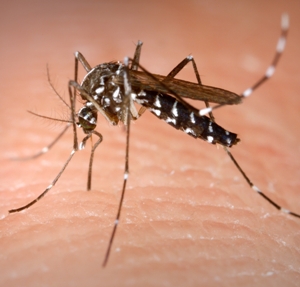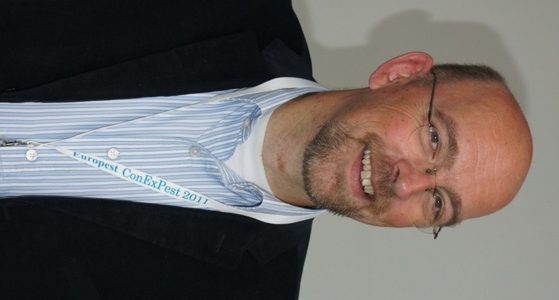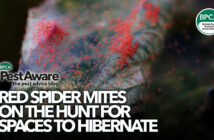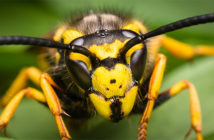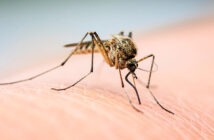Make no mistake, vector-borne diseases are on the rise both in terms of the distribution of outbreaks and the seriousness of harm caused. So says medical and public health entomologist Dr Bart Knols, speaking at the CEPA Europest seminar, that ran alongside the main ConExPest event on 19 and 20 May.
In his presentation, which like all the sessions was made in English but simultaneously translated into Polish, Dr Knols, from the University of Amsterdam, explained the concepts of ‘biological globalisation or bioglobalisation’. This is the increasing connection between separate species across natural barriers and their colonisation of entirely new areas. Where human activity facilitates these ecological interactions the description used is anthropogenic bioglobalisation. These introductions can be intentional, as in the rabbit into Australia, or accidental as in the black rat flea which transmitted the plague to Europe in the Middle Ages with such devastating effect.
|
Dr Knols highlighted the different invasive pathways and gave several examples of how vector-borne diseases have reached Europe. He emphasised the speed at which some of these have spread. One such example was the emergence of the African mosquito-borne usutu virus which was first found in birds in Austria in 2001 before spreading to Hungary and Italy with the first severe human infection in Europe occurring in October 2009. Another example was the way the African malaria mosquito crossed the Atlantic to Brazil in the 1930s, hitching a ride on a boat from Dakar, surviving the five day sea crossing and some eight years later affecting 54,000 square kilometres, infecting 200,000 people and killing 15,000 in just a few months. Increase in global travel Air traffic is increasing at 9% a year and many airlines no longer use space sprays so the vectors can survive. In 2009 there were 75 million flights and with the economic rise of India, China and other Asian economies many more of these flights are now between Asia, Europe and onto the USA, rather than being concentrated on transatlantic routes. The Asian tiger mosquito (Aedes Albopictusis) a case in point. It appeared in Memphis in the middle of the USA in 1983, arriving courtesy of the used tyre trade. Used tyres provide an ideal breeding ground for mosquitoes, acting like man-made tree hollows and collecting pools of stagnant water perfect for egg laying. From this small beginning the mosquito has spread. Today the only continent which is free from it is Australia. One of the diseases the mosquito carries is dengue fever so we have an African virus being spread by an Asian mosquito in Europe. What can be done? |
|
|
|
Travel and trade patterns will change but shipping and air traffic will continue to be the most risky as far as vector borne diseases are concerned with water filled containers such as plant pots and used tyres providing ideal habitats so we need to consider the benefits of free trade versus safe trade – surely something can be done to prevent the spread of disease vectors via the used tyre trade. Minimising the threat will also need large scale monitoring, less bureaucracy and plenty of community involvement. |
||

